Our history
Page short description lorem ipsum dolor sit amet
History of INFLPR
The origin of the Lasers Section lies in the former laboratory "Optical Methods in Nuclear Physics" led in 1956 by Prof. Ion Agârbiceanu, at the time when the Institute of Atomic Physics was founded by Prof. Horia Hulubei. Due to the theoretical and experimental results on the hyperfine structure obtained in this laboratory, it was possible to initiate research in the field of lasers since its emergence. The research was completed with the scientific communication of the realization of the first Romanian laser on October 20, 1962: "Contributions á l'étude des lasers aux gas" authors: I. Agarbiceanu, A. Agafitei, L. Blanaru, N. Ionescu-Pallas, I.M. Popescu, V. Vasiliu and V.G. Velculescu, Proc. 3d Intl. Congress on Quantum Electronics, Paris, 11-15.02.1963. This group constituted the nucleus of the future Lasers Department.
Timeline


Institute for Atomic Physics Was Founded
The Institute for Atomic Physics was founded by Prof. Horia Hulubei. A laboratory led by Prof. Ion Agărbiceanu focused on optical methods in nuclear physics, forming the core of the future Laser Department.


Electron Accelerator Laboratory Was Established
Devices for radiographic control in continuous flux were developed, including electron accelerators for Romanian industry.


He-Ne Laser Beam Was Achieved
Prof. Ion Agărbiceanu’s team achieved the He-Ne laser beam, with findings presented at the 1963 International Quantum Electronics Congress in Paris.


Ioan Ursu Took Leadership of IFA
Ioan Ursu, pro-rector of Babeș-Bolyai University, became director of IFA and introduced nuclear energetics to Romania, succeeding Horia Hulubei.


MALIRM Laboratory Was Created
Under Prof. Voicu Lupei’s leadership, the MALIRM Laboratory developed solid-state lasers and characterized spectroscopic materials.


ICEFIZ Centralized Physics Research
ICEFIZ unified Romanian physics research by incorporating IFA, IFB, and other institutes nationwide.


ICEFIZ Was Reorganized into Specialized Entities
ICEFIZ was split into institutions like IFIN, IFTAR, and IFTM. The Plasma Physics Department joined IFTAR, forming today’s plasma research laboratories.


IFTAR Became a Leading Research Institute
Led by Prof. Ioan Ioviț Popescu, IFTAR included specialized departments like the Laser and Plasma Physics Laboratories.


INFLPR Gained National Accreditation
The Government accredited the institute as the National Institute for Laser, Plasma, and Radiation Physics, with expanded research activities.
Timeline
1956
Institute for Atomic Physics Was Founded
The Institute for Atomic Physics was founded by Prof. Horia Hulubei. A laboratory led by Prof. Ion Agărbiceanu focused on optical methods in nuclear physics, forming the core of the future Laser Department.
1956
Institute for Atomic Physics Was Founded
The Institute for Atomic Physics was founded by Prof. Horia Hulubei. A laboratory led by Prof. Ion Agărbiceanu focused on optical methods in nuclear physics, forming the core of the future Laser Department.
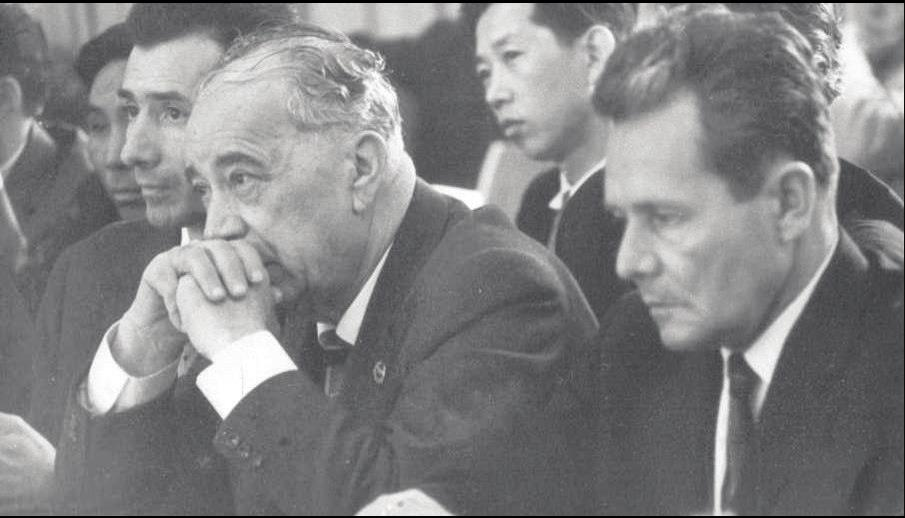
1959
Electron Accelerator Laboratory Was Established
Devices for radiographic control in continuous flux were developed, including electron accelerators for Romanian industry.
1959
Electron Accelerator Laboratory Was Established
Devices for radiographic control in continuous flux were developed, including electron accelerators for Romanian industry.
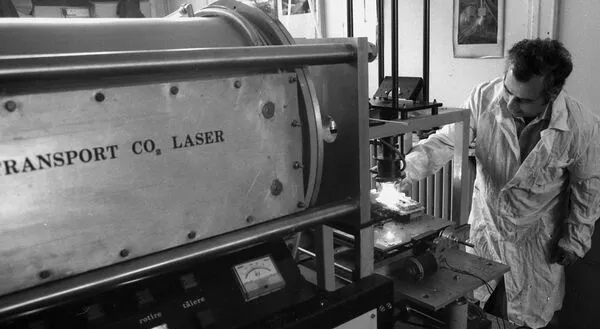
1962
He-Ne Laser Beam Was Achieved
Prof. Ion Agărbiceanu’s team achieved the He-Ne laser beam, with findings presented at the 1963 International Quantum Electronics Congress in Paris.
1962
He-Ne Laser Beam Was Achieved
Prof. Ion Agărbiceanu’s team achieved the He-Ne laser beam, with findings presented at the 1963 International Quantum Electronics Congress in Paris.
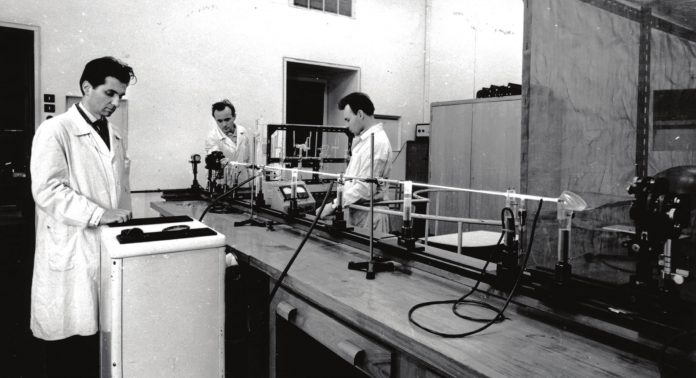
1968
Ioan Ursu Took Leadership of IFA
Ioan Ursu, pro-rector of Babeș-Bolyai University, became director of IFA and introduced nuclear energetics to Romania, succeeding Horia Hulubei.
1968
Ioan Ursu Took Leadership of IFA
Ioan Ursu, pro-rector of Babeș-Bolyai University, became director of IFA and introduced nuclear energetics to Romania, succeeding Horia Hulubei.
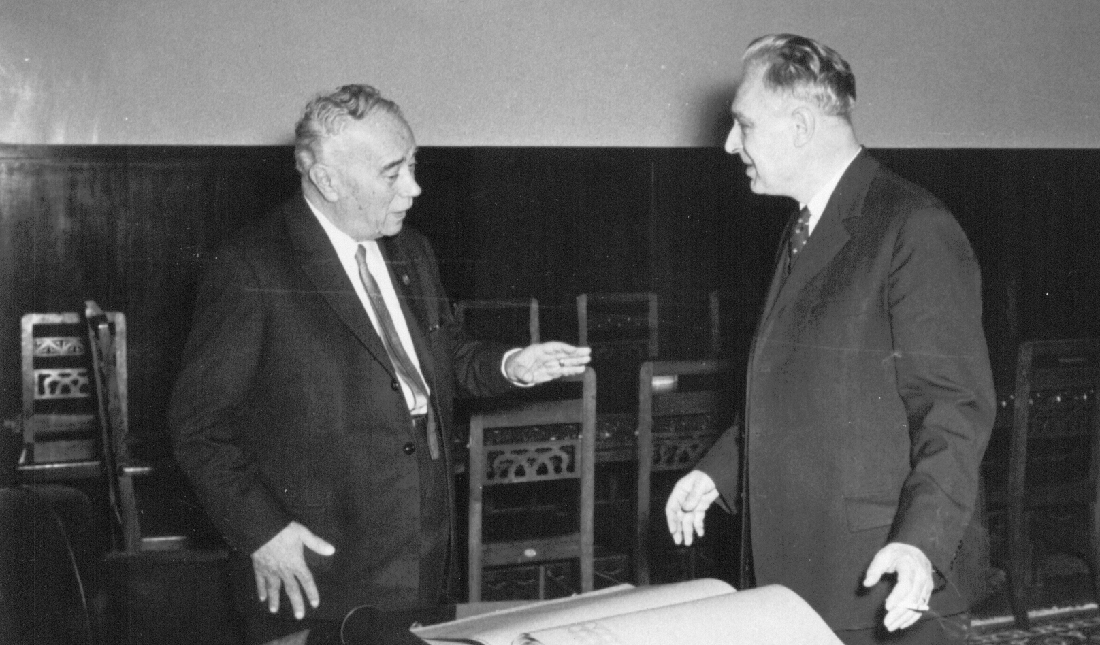
1970
MALIRM Laboratory Was Created
Under Prof. Voicu Lupei’s leadership, the MALIRM Laboratory developed solid-state lasers and characterized spectroscopic materials.
1970
MALIRM Laboratory Was Created
Under Prof. Voicu Lupei’s leadership, the MALIRM Laboratory developed solid-state lasers and characterized spectroscopic materials.
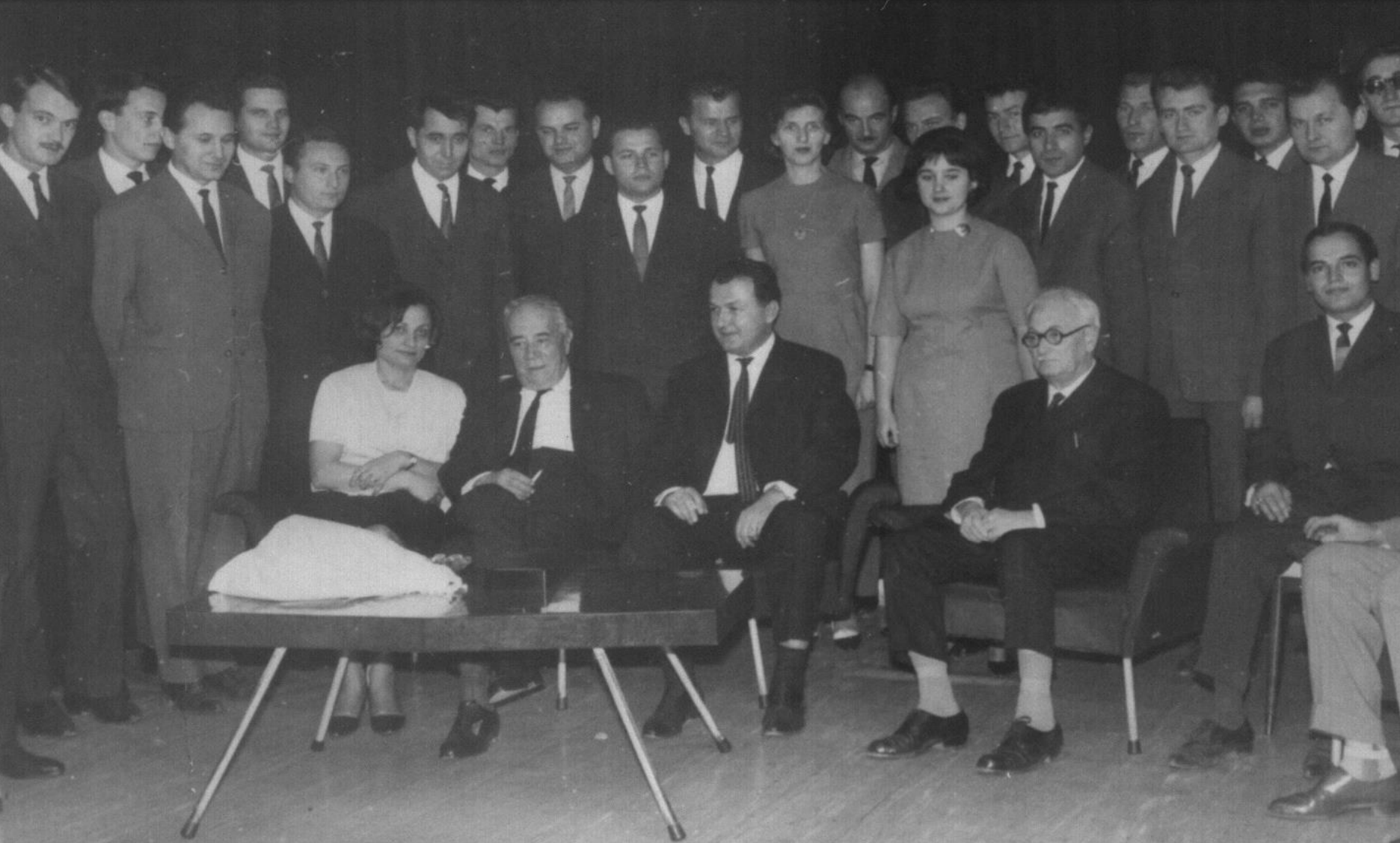
1973
ICEFIZ Centralized Physics Research
ICEFIZ unified Romanian physics research by incorporating IFA, IFB, and other institutes nationwide.
1973
ICEFIZ Centralized Physics Research
ICEFIZ unified Romanian physics research by incorporating IFA, IFB, and other institutes nationwide.

1977
ICEFIZ Was Reorganized into Specialized Entities
ICEFIZ was split into institutions like IFIN, IFTAR, and IFTM. The Plasma Physics Department joined IFTAR, forming today’s plasma research laboratories.
1977
ICEFIZ Was Reorganized into Specialized Entities
ICEFIZ was split into institutions like IFIN, IFTAR, and IFTM. The Plasma Physics Department joined IFTAR, forming today’s plasma research laboratories.
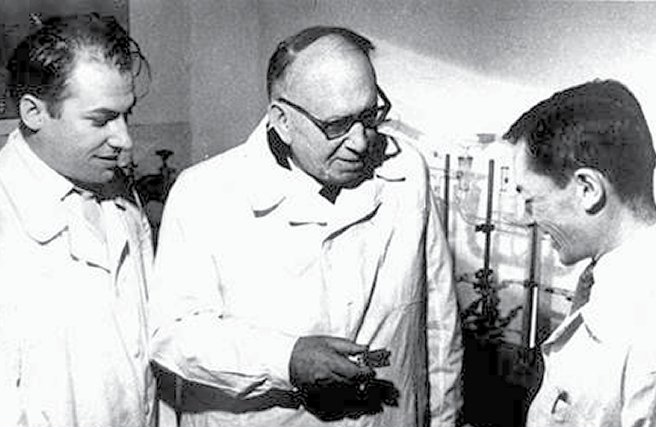
1973
IFTAR Became a Leading Research Institute
Led by Prof. Ioan Ioviț Popescu, IFTAR included specialized departments like the Laser and Plasma Physics Laboratories.
1973
IFTAR Became a Leading Research Institute
Led by Prof. Ioan Ioviț Popescu, IFTAR included specialized departments like the Laser and Plasma Physics Laboratories.

1996
INFLPR Gained National Accreditation
The Government accredited the institute as the National Institute for Laser, Plasma, and Radiation Physics, with expanded research activities.
1996
INFLPR Gained National Accreditation
The Government accredited the institute as the National Institute for Laser, Plasma, and Radiation Physics, with expanded research activities.

Key Personalities
Lorem ipsum dolor sit amet, consectetur adipiscing elit. Suspendisse et mi arcu. Nunc in massa molestie, consectetur erat at, feugiat metus. Aenean et leo vitae ipsum consectetur tempor eu sit amet turpis. Nam feugiat sollicitudin pellentesque.
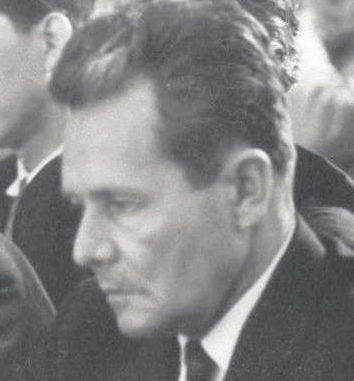
1907-1971
Prof. Ion AGARBICEANU Founder of the laser department at INFLPR, played a crucial role in developing laser technologies.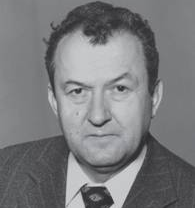
1928-2007
Prof. Ioan URSU Senior researcher at INFLPR, contributed to theoretical studies on plasma and fundamental particles.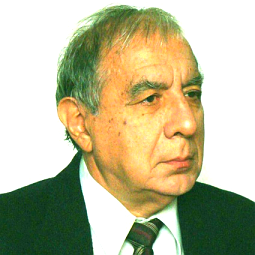
1938
Prof. Voicu LUPEI Director of the optics and laser department, led research in lasers and their applications.Did You Know?
Latest Events
High performance laser processing with short wavelength and short pulse lasers
General Seminar
Tuesday, 29 April 2025, 11:00 am
CETAL, Seminar room
Title: High...
Lansarea proiectului „Construirea unei capacități de producție a energiei electrice din surse regenerabile pentru autoconsum)” – cod SMIS 314969
COMUNICAT DE PRESĂ
20 Decembrie 2024
,,Construirea unei capacități de producție a energiei...
Lansarea proiectului „Platformă Națională pentru Tehnologiile Semiconductorilor (PNTS)” – cod SMIS 304244
Institutul Naţional de Cercetare-Dezvoltare pentru Microtehnologie - IMT Bucureşti, cu sediul în Voluntari,...
Intravital multiphoton imaging dissecting spatiotemporal heterogeneity of in vivo immune systems
Seminar General
Marti, 24 Septembrie 2024, ora 16:00
CETAL, Sala de seminar
Titlu:...
Ultrafast non-diffractive beams with tunable dispersion; opportunities for smart laser material processing – Marti, 20 August 2024, ora 11:00
Seminar General
Marti, 20 August 2024, ora 11:00
CETAL, Sala de seminar
Titlu:...
It is possible to use cold atmospheric pressure plasma for wastewater purification and functional food production – case studies – Marti, 9 Aprilie 2024, ora 11:00
Seminar General
Marti, 9 Aprilie 2024, ora 11:00
Fotoplasmat, Sala de seminar
Titlu:...
Polarization encoded filters for suppressing gain-narrowing and red-shifting effects in Ti:sapphire amplifiers – Miercuri, 3 Aprilie 2024, ora 14:00
Seminar General
Miercuri, 3 Aprilie 2024, ora 14:00
CETAL, Sala de seminar
Titlu:...
1896-1972
Prof. Horia HULUBEI Founder and director of INFLPR, contributed to the development of laser and radiation research.